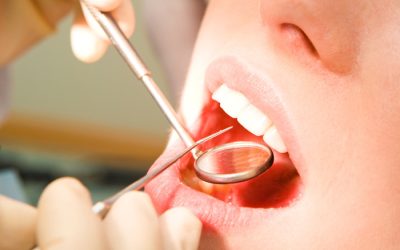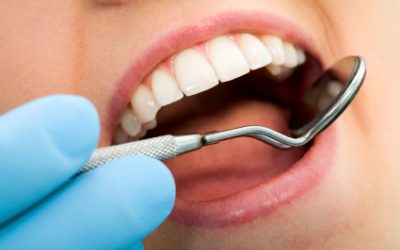If your teeth still look yellow, dark, or otherwise discolored after bleaching treatments, you may have intrinsic dental staining. This type of dental staining is caused by the darkening of the dentin rather than surface stains. After a comprehensive examination, your dental professional will determine if you have intrinsic staining so that an appropriate plan of care can be developed.
Here are some causes of deep staining and how dentists in Annapolis from Annapolis Dental Associates can brighten your smile.
Deep Dental Staining Causes
Deep dental stains can develop if your mother took tetracycline antibiotics later in her pregnancy. Tetracycline-related dental staining may also develop in children who took the antibiotic themselves during early childhood. Another reason for intrinsic dental staining is exposure to excessive fluoride when you were a child.
Traumatic dental injuries and a congenital disorder known as dentinogenesis imperfecta may also cause discolored teeth. Congenital defects of the bones may cause the teeth to look purple, translucent, or gray. Finally, advancing age can cause dental discoloration. The dentin yellows with age and because tooth enamel also thins as people get older, yellow dentin is more visible.
Deep Dental Staining Treatment Options
Bleaching treatments are usually not effective for deep staining. Because of this, intrinsic stains may take more time to treat. Permanent treatment options that are effective include porcelain veneers and crowns.
A veneer is a covering that is applied to the front of the affected tooth which hides the discoloration. Dentists in Annapolis may recommend dental implants for severely discolored teeth if the teeth are severely decayed or injured by extreme trauma.



